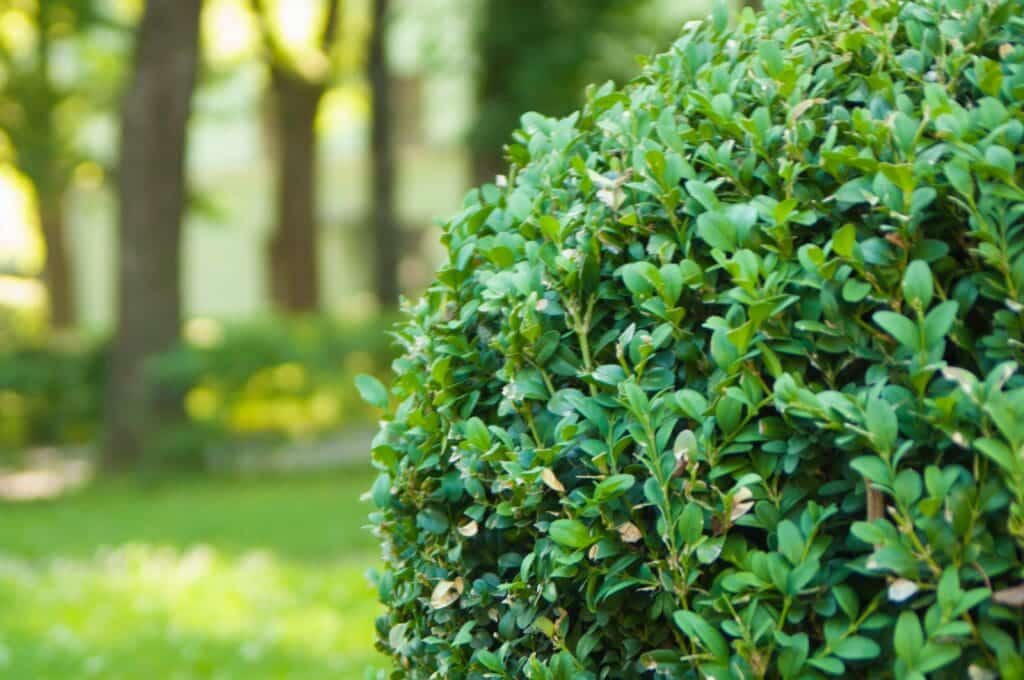Invasive plants are a hot topic these days, impacting ecosystems, economies, and even our daily lives. Some plants are pervasive across various regions, while others are more localized. Interestingly, a few invasive plants have significant economic value or potential, which necessitates a careful approach to their removal. While some can be easily pulled out by hand, others demand costly chemical treatments to manage. Let’s dive into the fascinating world of invasive plants that are making their mark in South Africa, from the Highveld to the coastlines.
Lantana camara: The Global Menace
Lantana camara is a notorious invader found worldwide and ranks among the top ten worst weeds globally. Birds love its seed berries, aiding in its widespread distribution. Lantana camara releases allelopathic chemicals into the soil, stifling the growth of native plants and swiftly taking over landscapes. The best way to control L.camara is by cutting the plants to ground level and spraying the regrowth with herbicides. In agricultural areas, dense thickets are tackled using chain flail implements on bulldozers, followed by sowing grass seeds to prevent regrowth.
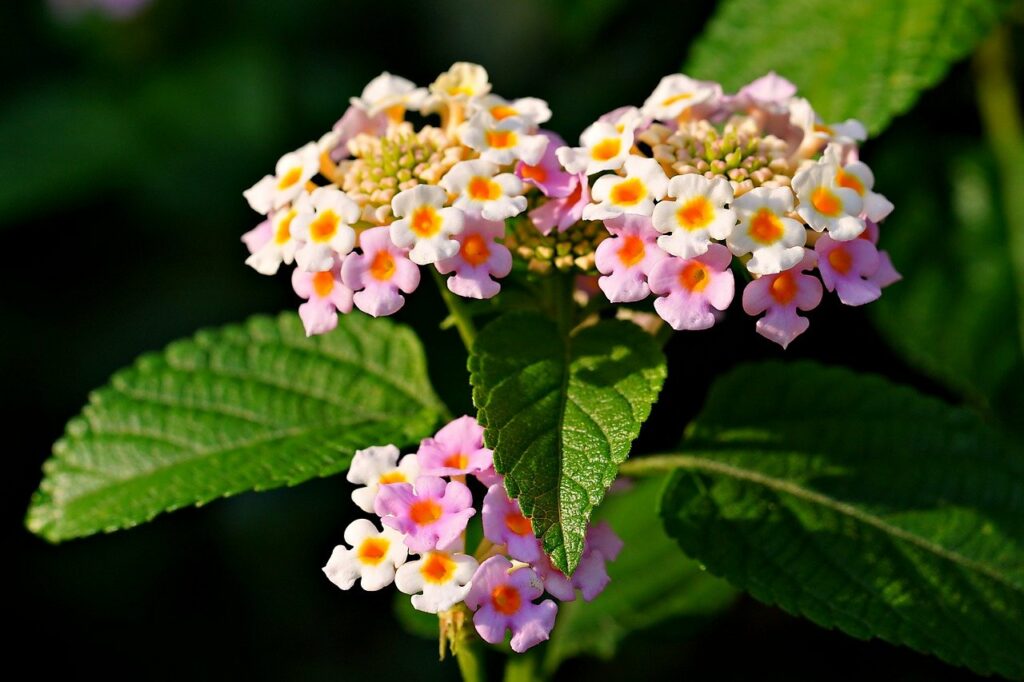
Cestrum laevigatum: The Highveld’s Growing Pest
Rapidly spreading throughout the Highveld, Cestrum laevigatum has become a significant nuisance in many parts of southern Africa. Birds feast on their blackberries, aiding their proliferation. Effective removal involves cutting the plant and treating the regrowth with herbicides. If not handled correctly, the plant can spread through root suckers, making thorough treatment essential.
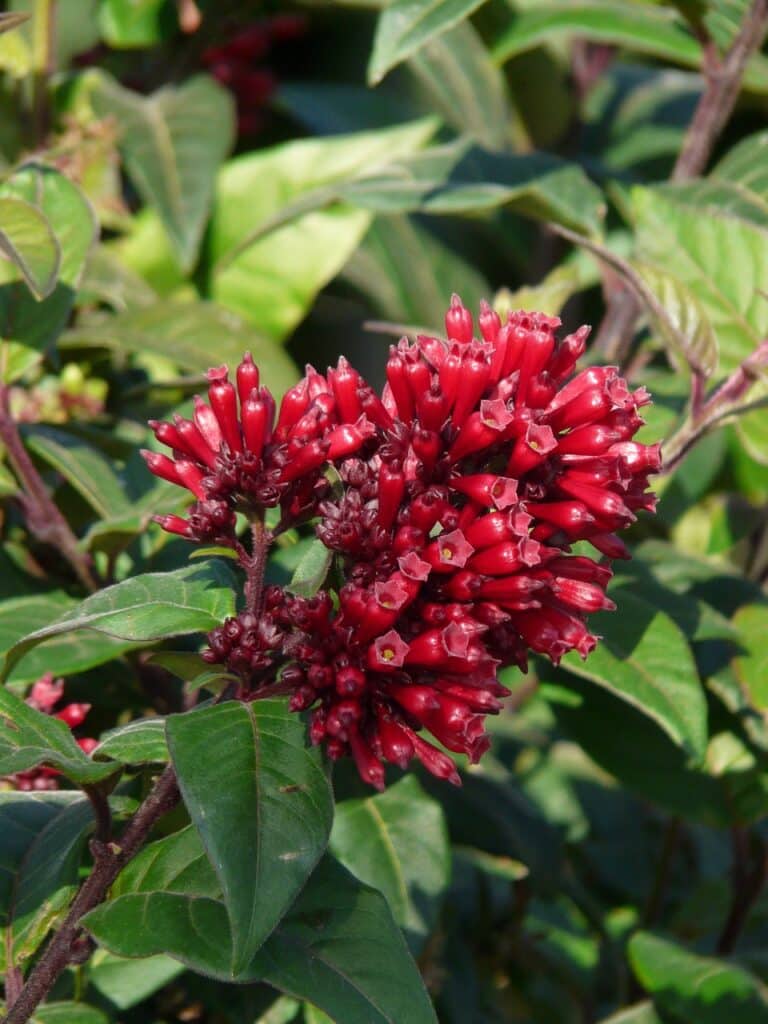
Ailanthus altissima: The Misleading “Tree of Heaven”
Despite its heavenly name, Ailanthus altissima is a troublesome invader, thriving in harsh conditions where few other plants can survive. Known for its unpleasant smell and the sap that can cause severe allergic reactions, this tree also releases allelopathic chemicals that suppress other vegetation. Its resilience and rapid growth make it a formidable opponent in the battle against invasive species.
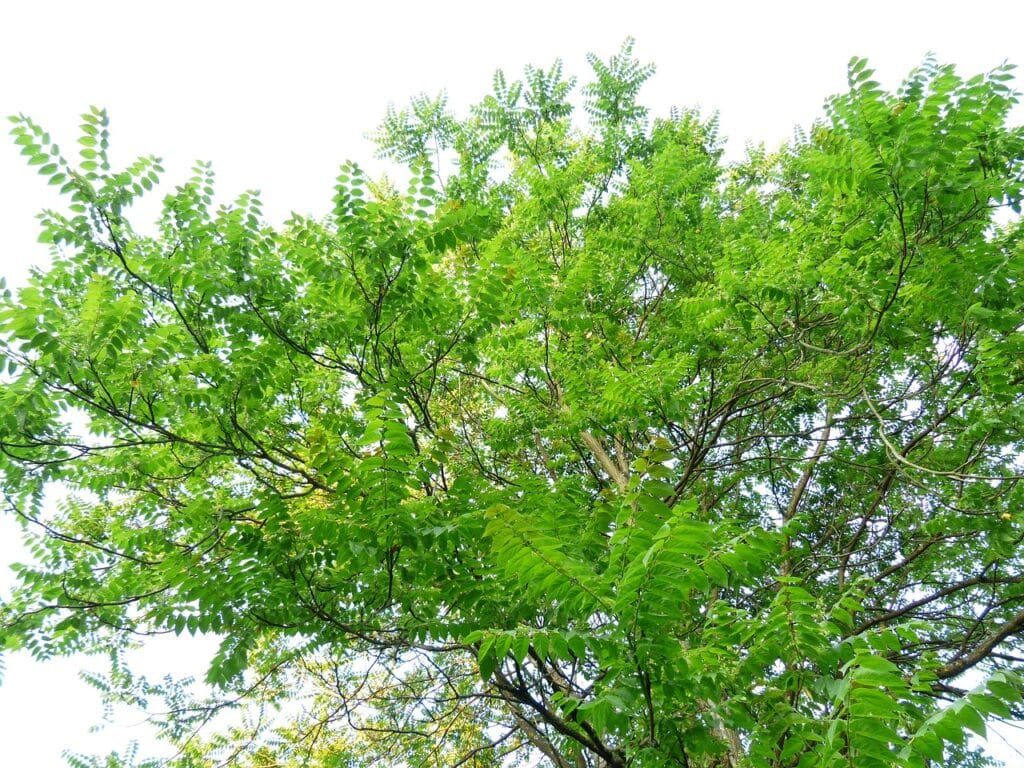
Tecoma stans: The Tenacious Yellow Bells
Tecoma stans, or Yellow Bells, is a challenging plant to control. With no registered herbicide treatment, the most effective method is to remove the stump entirely. This plant produces abundant winged seeds that germinate readily, allowing it to spread quickly. Despite its invasive nature, T.stans stans has economic uses in construction and traditional medicine, adding a layer of complexity to its management.
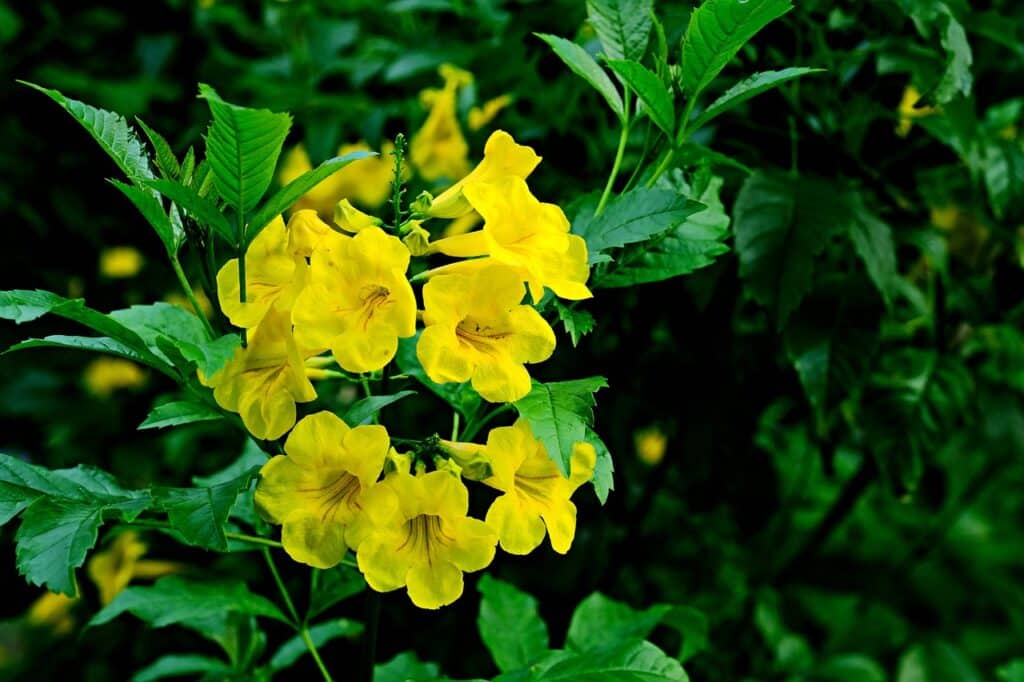
Solanum mauritianum: The Bugweed Intruder
Native to South America, Solanum mauritianum, known as Bugweed, is causing significant issues in South Africa’s forestry and sugar cane industries. Birds, especially doves, disperse their seeds, enabling them to outcompete native vegetation. However, Bugweed can be controlled through cutting, stem painting, and soil-applied herbicides. Additionally, biocontrol agents like the leaf-eating Gratiana spadicea and the sap-sucking Gragaphina decoris have been introduced to help manage its spread.

These five species are just a glimpse into the broader challenge of invasive plants in South Africa. According to the Nemba publication of 2014, there are 379 registered invasive plants, each presenting unique challenges and requiring tailored strategies for effective management. By understanding and addressing these green invaders, we can help protect and preserve South Africa’s rich and diverse ecosystems.
